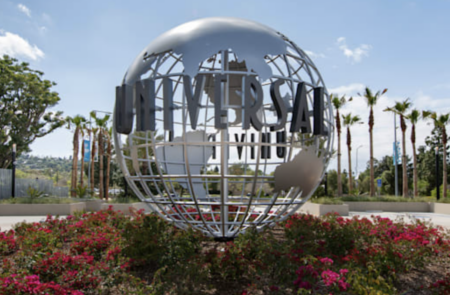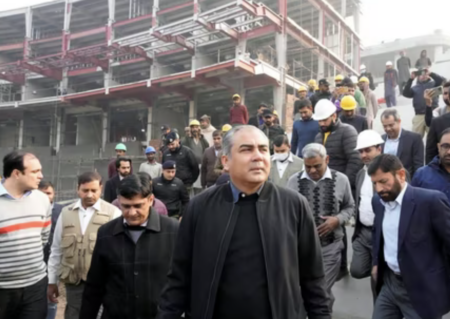03/02/15
The 12 cities and venues that will host matches at Rugby World Cup 2019 in Japan have been revealed at simultaneous announcements in Dublin and Tokyo.
The venues are located across the country, from Sapporo City in the northernmost main island of Hokkaido down to Kumamoto City in the south. There is also a mix of stadium capacities ranging from 80,000 in Tokyo to 15,000 at Kamaishi City in Iwate Prefecture.
The full list of venues includes:
Sapporo Dome, Sapporo City
Kamaishi Recovery Memorial Stadium, Iwate Prefecture/Kamaishi City
Kumagaya Rugby Ground, Saitama Prefecture/Kumagaya City
New National Stadium Japan, Tokyo
International Stadium Yokohama, Kanagawa Prefecture/Yokohama City
Ogasayama Sports Park Ecopa Stadium, Shizuoka Prefecture
Toyota Stadium, Aichi Prefecture/Toyota City
Hanazono Rugby Stadium, Osaka Prefecture/Higashi Osaka City
Kobe City Misaki Park Stadium, Kobe City
Hakatanomori Football Stadium, Fukuoka City
Kumamoto Prefectural Athletic Stadium, Kumamoto Prefecture/Kumamoto City
Oita Stadium, Oita Prefecture
Speaking at a media conference in Dublin, Rugby World Cup chairman Bernard Lapasset said: “It will be a wonderful tournament and, as it’s the first time Rugby World Cup will take place in Asia, it will be an important milestone for us as we continue to make good on our commitment to grow the global game.”
Rugby World Cup managing director Brett Gosper added: “Throughout the venue selection process we have been very impressed with the level of engagement by the cities and prefectures in Japan. They all have shown a remarkable level of commitment and enthusiasm to be a part of staging Rugby World Cup 2019.”
With Rugby World Cup attracting hundreds of thousands of visiting international fans and delivering a six-week global tourism and trade shop-window, the host cities will benefit from a significant economic boost, which for England 2015 is set to deliver a £2bn (US$3bn) injection into the economy.
While making the decision on which venues would be selected, a range of criteria were considered, including stadium quality, nearby training and other facilities, transport and the availability of local accommodation for teams, fans and media. Venue selection was also based on stadium capacity, geographical spread and rugby development.




